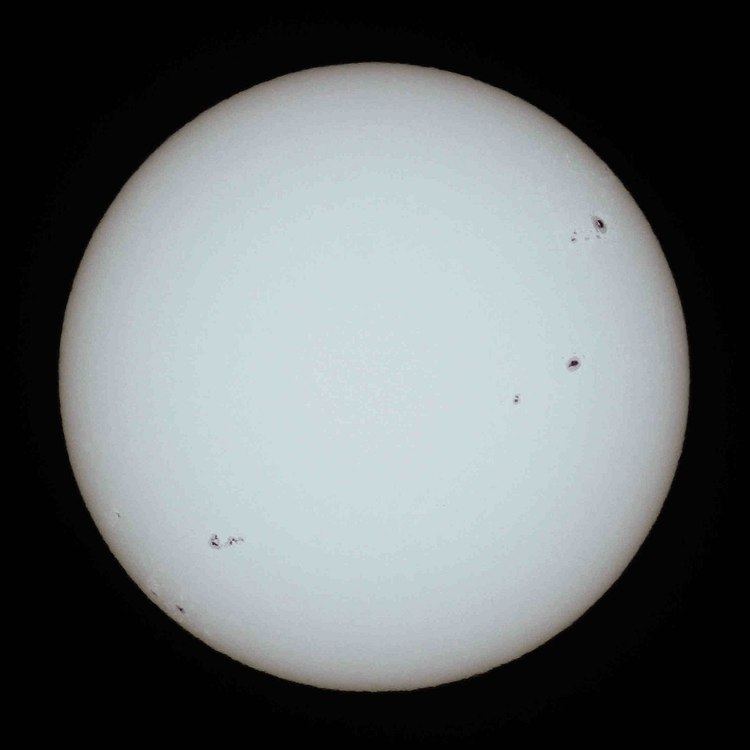 | ||
A G-type main-sequence star (Spectral type: G-V), often (and imprecisely) called a yellow dwarf, or G dwarf star, is a main-sequence star (luminosity class V) of spectral type G. Such a star has about 0.8 to 1.2 solar masses and surface temperature of between 5,300 and 6,000 K., Tables VII, VIII. Like other main-sequence stars, a G-type main-sequence star is converting the element hydrogen to helium in its core by means of nuclear fusion. The Sun, the star to which the Earth is gravitationally bound in the Solar System and the object with the largest apparent magnitude, is an example of a G-type main-sequence star. Each second, the Sun fuses approximately 600 million tons of hydrogen to helium, converting about 4 million tons of matter to energy. Besides the Sun, other well-known examples of G-type main-sequence stars include Alpha Centauri A, Tau Ceti, and 51 Pegasi.
Contents
The term yellow dwarf is a misnomer, because G-type stars actually range in color from white, for more luminous types like the Sun, to only very slightly yellow for the less massive and luminous G-type main-sequence stars. The Sun is in fact white, but appears yellow through Earth's atmosphere due to atmospheric Rayleigh scattering. In addition, although the term "dwarf" is used to contrast yellow main-sequence stars from giant stars, yellow dwarfs like the Sun outshine 90% of the stars in the Milky Way (which are largely much dimmer orange dwarfs, red dwarfs, and white dwarfs, the last being a stellar remnant).
A G-type main-sequence star will fuse hydrogen for approximately 10 billion years, until it is exhausted at the center of the star. When this happens, the star expands to many times its previous size and becomes a red giant, such as Aldebaran (or Alpha Tauri). Eventually the red giant sheds its outer layers of gas, which become a planetary nebula, while the core rapidly cools and contracts into a compact, dense white dwarf.
Spectral standard stars
The revised Yerkes Atlas system (Johnson & Morgan 1953) listed 11 G-type dwarf spectral standard stars; however, not all of these have survived to this day as standards.
The "anchor points" of the MK spectral classification system among the G-type main-sequence dwarf stars, i.e. those standard stars that have remained unchanged over years, are beta CVn (G0V), the Sun (G2V), Kappa1 Ceti (G5V), 61 Ursae Majoris (G8V). Other primary MK standard stars include HD 115043 (G1V) and 16 Cygni B (G3V). The choices of G4 and G6 dwarf standards have changed slightly over the years among expert classifiers, but often-used examples include 70 Virginis (G4V) and 82 Eridani (G8V). There are not yet any generally agreed upon G7V and G9V standards.
Planets
Some of the nearest G-type stars known to have planets include the Sun, 61 Virginis, HD 102365, HD 147513, 47 Ursae Majoris, Mu Arae, and possibly Alpha Centauri.
